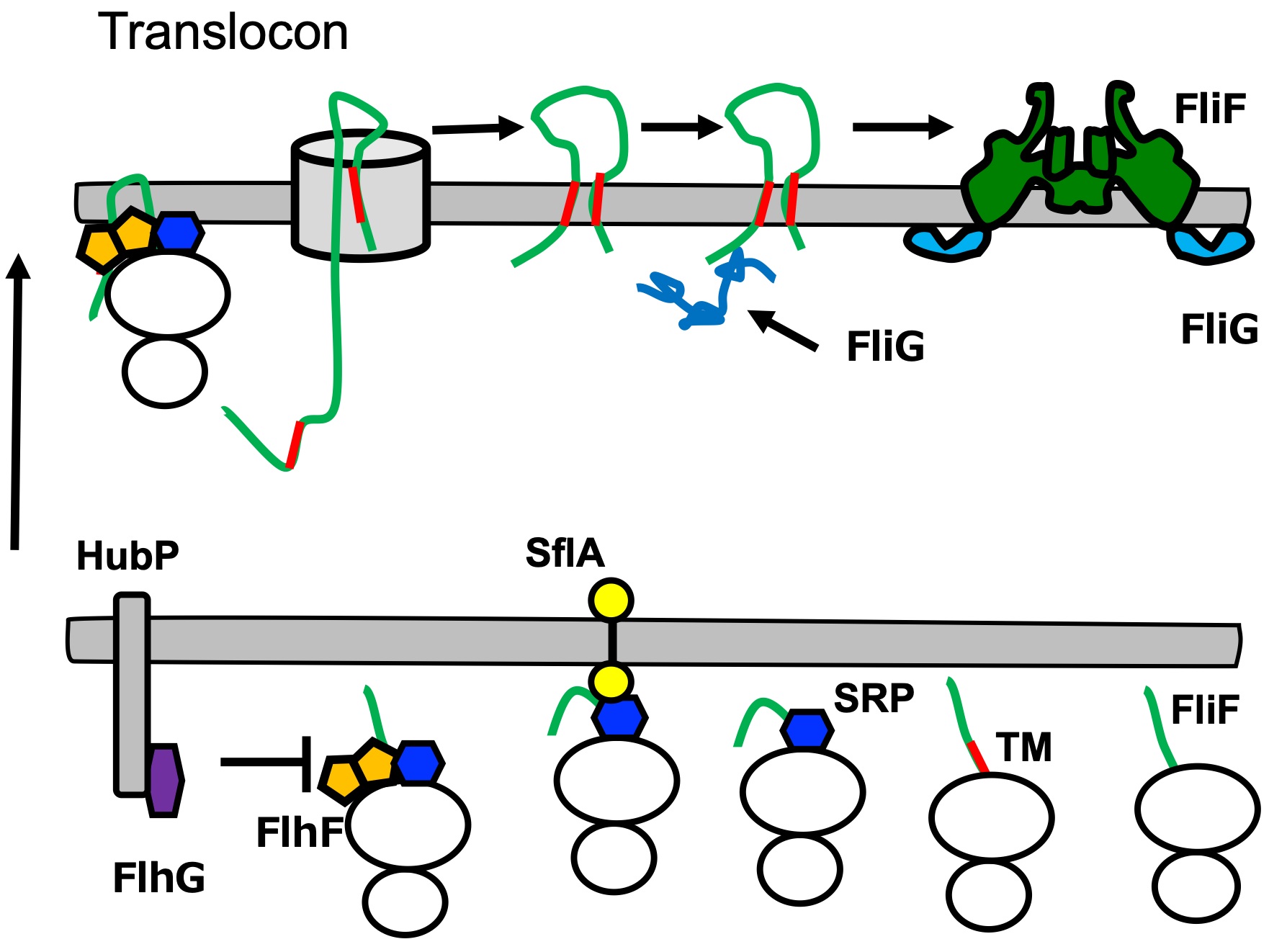男女共同参画学協会連絡会
支援企業による広告記事
- ソーラボジャパン株式会社
- サイエンティフィックカメラと周辺機器の同期
- 「生物物理」2023年10月号
- ソーラボジャパン株式会社
- 顕微鏡のリノベーション ~ 顕微鏡ポートを活用した光学系の導入
- 「生物物理」2022年12月号
- ソーラボジャパン株式会社
- ケージシステムや光学レールを使ってみよう
- 「生物物理」2021年10月号より
- ソーラボジャパン株式会社
- 多光子顕微鏡技術の最前線
- 「生物物理」2020年8月号より
「Biophysics and Physicobiology」に Kanji Takahashi, Tatsuro Nishikino, Hiroki Kajino, Seiji Kojima, Takayuki Uchihashi, Michio Homma による "Ring formation by Vibrio fusion protein composed of FliF and FliG, MS-ring and C-ring component of bacterial flagellar motor in membrane" をJ-STAGEの早期公開版として掲載
2023年06月09日 学会誌
日本生物物理学会欧文誌[Biophysics and Physicobiology]に以下の論文が早期公開されました。
Kanji Takahashi, Tatsuro Nishikino, Hiroki Kajino, Seiji Kojima, Takayuki Uchihashi, Michio Homma
"Ring formation by Vibrio fusion protein composed of FliF and FliG, MS-ring and C-ring component of bacterial flagellar motor in membrane"
URL:https://doi.org/10.2142/biophysico.bppb-v20.0028
- Abstract
- The marine bacterium Vibrio alginolyticus has a single flagellum as a locomotory organ at the cell pole, which is rotated by the Na+-motive force to swim in a liquid. The base of the flagella has a motor composed of a stator and rotor, which serves as a power engine to generate torque through the rotor–stator interaction coupled to Na+ influx through the stator channel. The MS-ring, which is embedded in the membrane at the base of the flagella as part of the rotor, is the initial structure required for flagellum assembly. It comprises 34 molecules of the two-transmembrane protein FliF. FliG, FliM, and FliN form a C-ring just below the MS-ring. FliG is an important rotor protein that interacts with the stator PomA and directly contributes to force generation. We previously found that FliG promotes MS-ring formation in E. coli. In the present study, we constructed a fliF–fliG fusion gene, which encodes an approximately 100 kDa protein, and the successful production of this protein effectively formed the MS-ring in E. coli cells. We observed fuzzy structures around the ring using either electron microscopy or high-speed atomic force microscopy (HS-AFM), suggesting that FliM and FliN are necessary for the formation of a stable ring structure. The HS-AFM movies revealed flexible movements at the FliG region.






